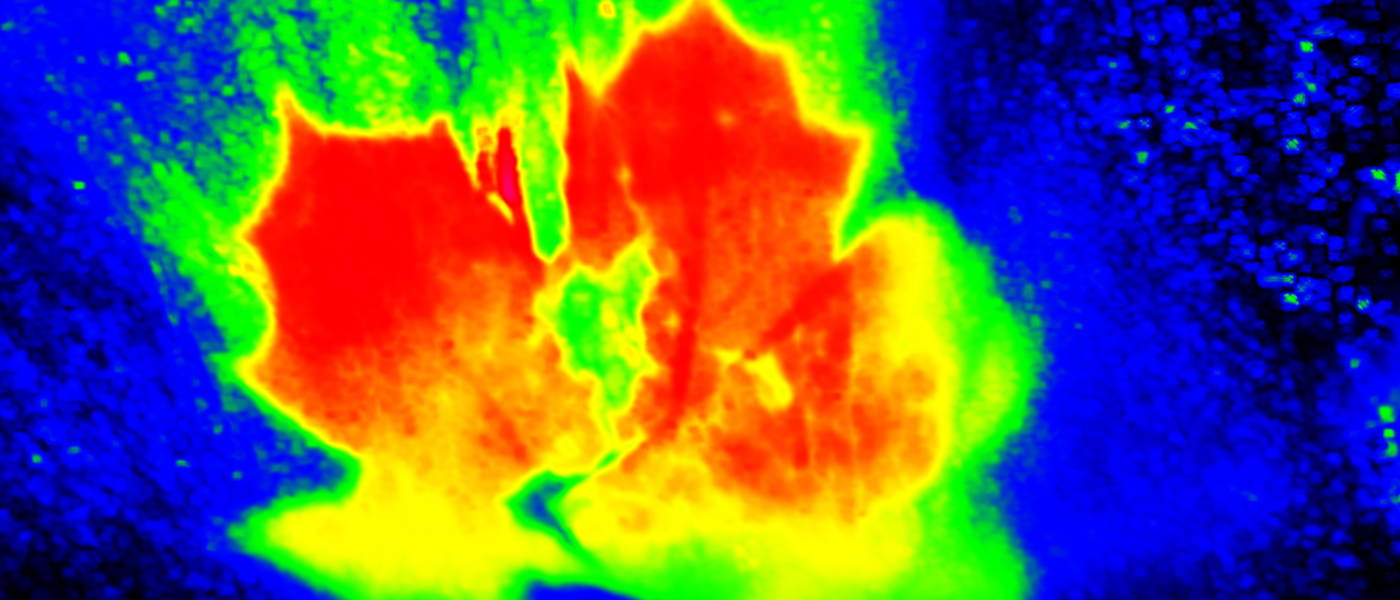Renewable Energy Technologies
Much of the world's energy still comes from fossil fuels — for now. More people are becoming aware of the damaging effects that relying such energy sources have on the world, particularly for the environment. This has led to a new trend. Overall fossil fuel consumption is on the decline, thanks to recent developments in renewable energy.
Of late, the most notable of these come from the increased use of solar energy, thanks to cheaper solar panels. Then there are companies like Tesla which are hellbent on eliminating fossil fuels altogether. Apart from these, scientists have also been working on other more innovative ways to produce energy — including a floor that generates energy using footsteps, and roads that also work as solar panels.
Now, researchers have developed a device that harnesses energy from heat by capturing infrared (IR) wavelengths, and they detail their work in the journal Optica. Their device aims to improve thermophotovoltaics, which are solar cells that rely on IR rays (or heat) instead of visible light.
Efficient Energy Production and Consumption
The tiny thermophotovoltaic device — an 8 × 8 array of individually controllable pixels, each measuring 120 × 120 microns — uses a man-made material with special properties, called "metamaterial," to very efficiently absorb and emit IR wavelengths. The researchers also designed the device so that it could be reconfigured on a pixel-by-pixel basis.
While this device harnesses heat energy, its materials don't actually change temperature. This means it can be used at room temperature, which allow the device to have many more potential applications outside of the lab.
"...this new infrared emitter could provide a tailored way to collect and use energy from heat," explained researcher Willie Padilla in an interview for an Optical Society press release. "There is a great deal of interest in utilizing waste heat, and our technology could improve this process."
An application for the technology could be to convert the heat generated by car engines into energy that could charge the vehicles' batteries. It might also be used to even greater effect near furnaces, like those used in the glass industry, where it could generate significant amounts of power.
Additionally, apart from absorbing IR waves, this device could also be used as an IR emitter. The reconfigurable pixels allows users to control the pattern of absorbed and emitted IR energy. This versatility gives the multifunctional device a wide range of applications, researchers said. As an IR emitting device, it could be scaled for potential use as friend or foe identifier in combat situations, or as IR camouflage, as well as an IR scene projector.
As scientists continue to develop new technologies for harnessing renewable energy sources, we will have more ways than ever to reduce our carbon footprint and make a positive impact on climate change.
Share This Article
